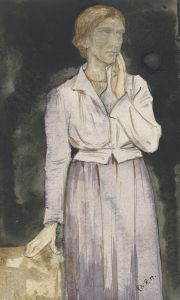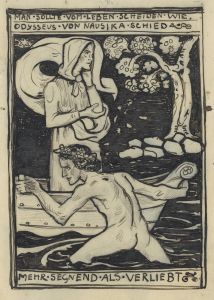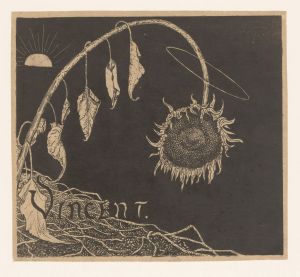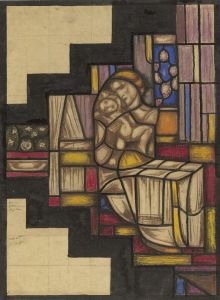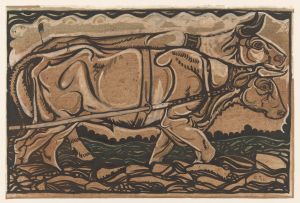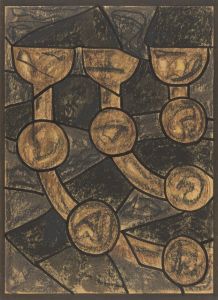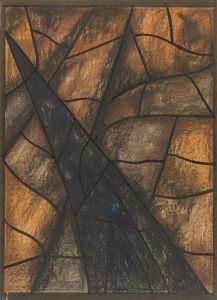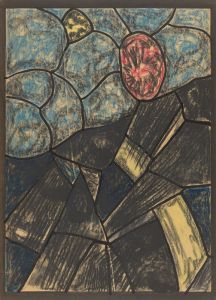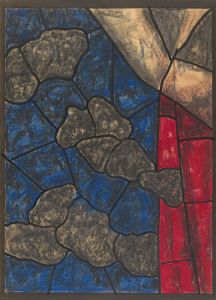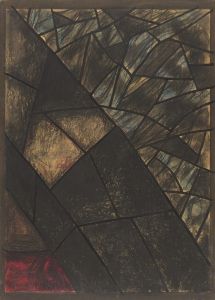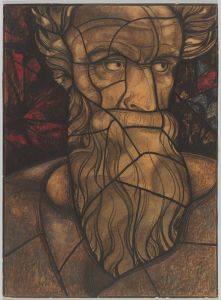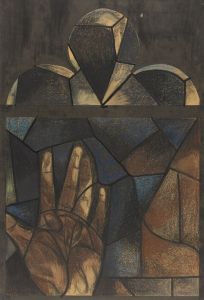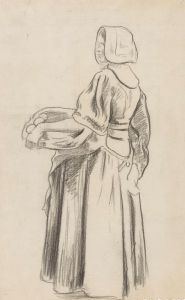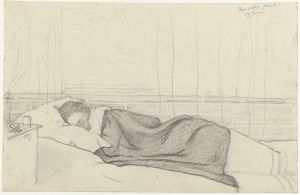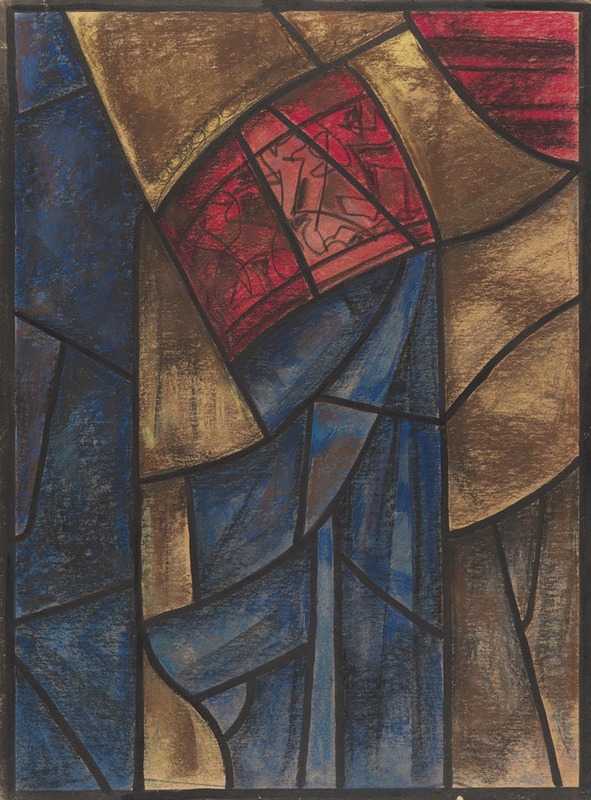
Ontwerp voor raam in het Noordertransept in de Dom te Utrecht 28
A hand-painted replica of Richard Nicolaüs Roland Holst’s masterpiece Ontwerp voor raam in het Noordertransept in de Dom te Utrecht 28, meticulously crafted by professional artists to capture the true essence of the original. Each piece is created with museum-quality canvas and rare mineral pigments, carefully painted by experienced artists with delicate brushstrokes and rich, layered colors to perfectly recreate the texture of the original artwork. Unlike machine-printed reproductions, this hand-painted version brings the painting to life, infused with the artist’s emotions and skill in every stroke. Whether for personal collection or home decoration, it instantly elevates the artistic atmosphere of any space.
"Ontwerp voor raam in het Noordertransept in de Dom te Utrecht 28" (Design for a Window in the North Transept of the Dom in Utrecht 28) is a work by Richard Nicolaüs Roland Holst, a prominent Dutch artist and designer. Roland Holst (1868–1938) was a key figure in the Dutch art scene during the late 19th and early 20th centuries, known for his contributions to the Arts and Crafts movement and his work in stained glass design, murals, and illustrations.
This particular work is a design for a stained glass window intended for the north transept of the Dom Church (Domkerk) in Utrecht, the Netherlands. The Dom Church, a Gothic cathedral with a rich history dating back to the 13th century, has been an important religious and cultural landmark in Utrecht. Over the centuries, the church has undergone numerous renovations and restorations, including the addition of stained glass windows designed by various artists.
Roland Holst's design reflects his characteristic style, which often combined elements of symbolism with a strong sense of composition and color. His stained glass works frequently depicted religious or allegorical themes, rendered in a way that emphasized harmony and spiritual resonance. While the exact details of the imagery in this specific design are not widely documented, it is consistent with his broader body of work, which often featured figures, intricate patterns, and vibrant colors.
The design was likely created as part of a larger effort to restore or enhance the Dom Church's stained glass windows, a common practice in the late 19th and early 20th centuries as interest in medieval art and architecture experienced a revival. Roland Holst was one of several artists commissioned to contribute to such projects, and his work was highly regarded for its craftsmanship and artistic vision.
As with many of Roland Holst's designs, it is unclear whether this specific work was ever realized as an actual stained glass window or remained a conceptual piece. However, the design itself stands as a testament to his skill and his role in the development of modern stained glass art in the Netherlands.
Further details about the specific commission or the current location of the design are not readily available. The work is part of the broader legacy of Richard Nicolaüs Roland Holst, whose contributions to Dutch art and design continue to be celebrated.





